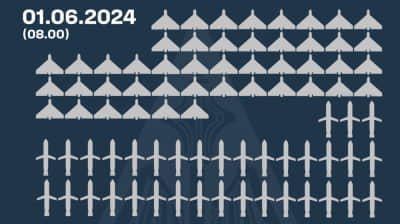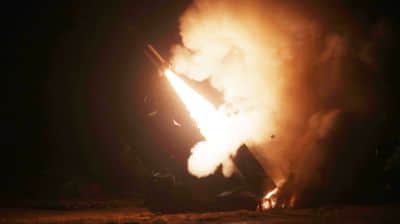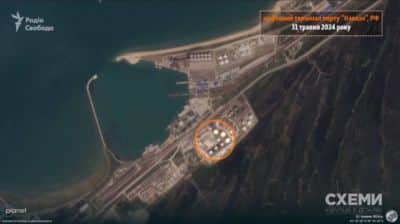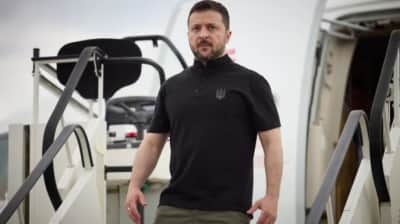ISW explains how Russia manages to carry out planned rotations
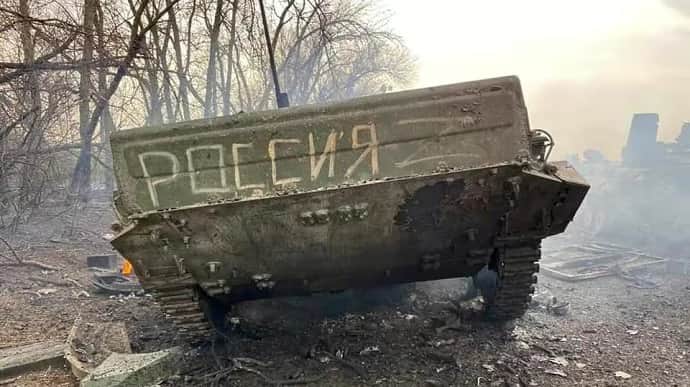
Analysts at the Institute for the Study of War (ISW) have concluded that Russian forces are able to carry out planned rotations due to their number throughout Ukraine's east and the lack of pressure from Ukrainian counteroffensive operations.
Source: ISW
Quote: "Russian forces maintain the initiative throughout eastern Ukraine, and the absence of Ukrainian counteroffensive operations likely removes pressure on operational deployments that had previously partially restrained the Russians‘ ability to conduct rotations."
Details: The concentration of all of Russia's combat-ready ground forces in Ukraine and Russia's ongoing efforts to deploy forces appear to allow the Russian military to conduct planned rotations in Ukraine at an operational level.
Major General Vadym Skibitskyi, Deputy Head of Ukraine's Defence Intelligence, stated that Russian troops in Ukraine total 462,000 and that this is the entire ground component of Russia's Armed Forces.
The official added that most Russian units in Ukraine are staffed at 92-95% of their estimated full strength, with the size of the Russian grouping in Ukraine allowing Russian troops to rotate throughout the entire war zone.
Skibitskyi also noted that Russian troops withdraw units with 50% or less of the intended strength to the rear areas and send them back to the battlefield after they have been refreshed and replenished.
Dmitry Medvedev, Deputy Chairman of the Russian Security Council, claimed on 11 January that the Russian military had successfully replenished Russian forces in Ukraine through a permanent covert mobilisation that brought in over 500,000 new troops in 2023.
ISW has previously observed the Russians' struggle to conduct rotations at operational level from the start of Russia's full-scale invasion in February 2022 to Ukraine's counter-offensive in the summer of 2023.
Russia's evident ability to generate forces at a rate equal to its losses is likely giving Russian troops the ability to replenish degraded units that the Russian command has withdrawn from the front line and then deploy these replenished elements back to the front.
However, the Russian army has not seized the initiative on the battlefield in Kherson Oblast and appears to be degrading units and formations operating near the Ukrainian bridgehead on the Dnipro River's left (eastern) bank, with no apparent effort to rotate at operational level (although they appear to be rotating at tactical level).
Russian troops have conducted several regroupings since early October 2023 during local offensives on the Avdiivka, Bakhmut, Lyman and Kupiansk fronts, which likely gave Russian forces time to perform the rotations described by Skibitskyi.
ISW has not observed widespread complaints from the Russians concerning the lack of rotations across the theatre since the summer of 2023, and the overall pace of Russian operations is consistent with Skibitskyi's reports.
While Russia's ability to conduct operational-level rotations will likely allow Russian forces to maintain the overall pace of their local offensive operations in Ukraine's east for the near term, what is unclear is whether they will be able to perform effective rotations in the longer run or the event of an intensification of Russian offensive efforts or a significant Ukrainian counteroffensive.
Russian operational rotations potentially mitigate the degradation of attacking Russian forces that could eventually lead to the culmination of Russian offensive efforts. Several other operational factors have contributed to the culmination of Russian offensive efforts in Ukraine in the past. Still, the main factor has often been a lack of manpower and combat-ready formations.
Russian soldiers in Ukraine are predominantly conducting heavy infantry attacks with assault groups, which do not necessarily require a large amount of equipment or a high level of training.
Analysts believe that the overall combat capability of Russian troops in Ukraine may deteriorate over time, so the Russian military will not be able to conduct several major offensive operations simultaneously despite rotation.
Should the Russian command decide to intensify offensive operations in Ukraine, the Russian forces will also suffer losses that exceed their ability to generate new forces, limiting the number of personnel available to replenish degraded units and formations. An intensification of the Russian offensive will result in more units being deployed to the battlefield and will exert pressure on the number of available forces that can take control of a degraded unit's area of responsibility while it rests and recovers.
It is unclear whether Russia's current crypto-mobilisation campaign, primarily based on volunteer recruitment and the forced mobilisation of convicts and migrants, can provide the increased numbers of personnel required to rotate as Russian offensive efforts escalate.
To quote the ISW’s Key Takeaways on 11 January:
- The reported concentration of the Russian military’s entire combat-capable ground force in Ukraine and ongoing Russian force generation efforts appear to allow Russian forces to conduct routine operational level rotations in Ukraine.
- Russia’s ability to conduct operational level rotations will likely allow Russian forces to maintain the overall tempo of their localised offensive operations in eastern Ukraine in the near term, but it is unclear if Russian forces will be able to conduct effective rotations in the long term or in the event of intensified Russian offensive efforts or a significant Ukrainian counteroffensive operation.
- Ukrainian intelligence reported that Russian efforts to expand Russia’s defence industrial base (DIB) have yet to fulfil operational requirements in Ukraine and that munitions shortages will continue to prompt Russia to source supplies from abroad.
- Freezing temperatures in Ukraine are likely constraining operations along the front but will likely create more favourable terrain for mechanised manoeuvre warfare as the ground freezes in the coming weeks.
- Latvia and Estonia announced new military aid packages to Ukraine on 11 January.
- Russia may be setting information conditions for future escalations against Latvia by threatening to punish Latvia for closing a likely base of Russian informational influence in Latvia.
- European Commission (EC) Defence Industry Spokesperson Johanna Bernsel clarified on 11 January that European Union (EU) member states will be able to produce a million shells per year by spring 2024 but that the delivery of the shells to Ukraine will depend on individual member states.
- The US Department of Defense (DoD) Office of the Inspector General published a report on 11 January that states that the failure to document certain aid provided to Ukraine in a timely manner is largely due to DoD limitations but that does not suggest that any of the material aid has been misappropriated.
- Ukrainian Verkhovna Rada Speaker Ruslan Stefanchuk announced on 11 January that the Verkhovna Rada withdrew a draft law on mobilisation for revisions after discussions between Ukrainian legislators and political and military leadership.
- A Ukrainian official indicated that the Russian Black Sea Fleet (BSF) may struggle to compensate for the loss of base infrastructure after allocating naval assets away from the BSF’s main base of Sevastopol in occupied Crimea.
- Ukrainian and Russian forces continued positional engagements along the entire front.
- Kremlin newswire TASS reported on 10 January that Russian forces will deploy additional aircraft and vessels and increase the production of hypersonic Kinzhal and Zircon missiles in 2024.
- The Belarusian Ministry of Emergency Situations stated on 10 January that it sponsored a trip for 35 Ukrainian children from occupied Ukraine to Mogilev for the New Year holiday during which soldiers taught children "the basics of life safety" and how to behave in "extreme situations."
Support UP or become our patron!



